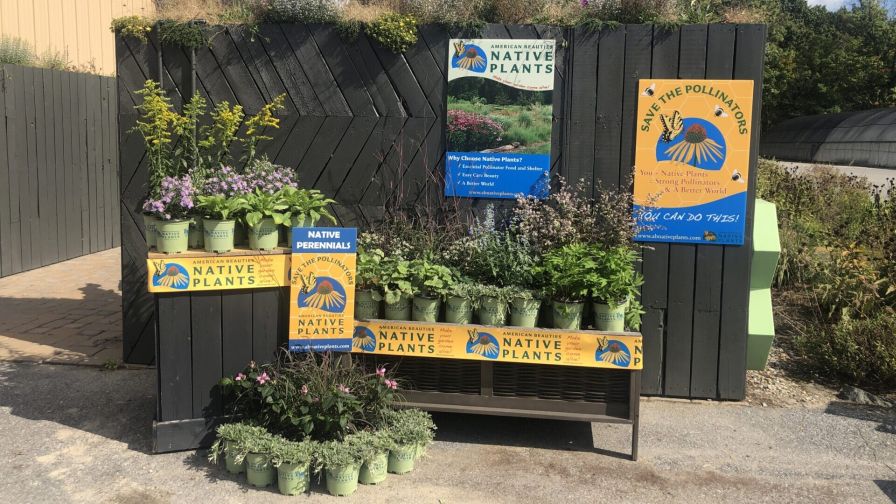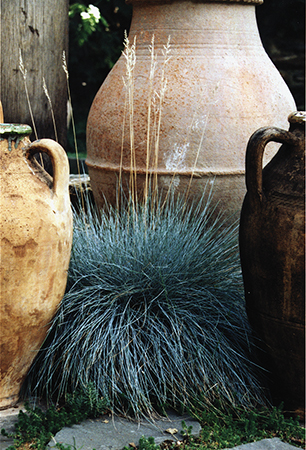What’s the State of the Horticulture Industry? Find Out Here
The annual State of the Industry keynote presentation at Cultivate is a great way to gain perspective on the external forces shaping the horticulture industry. This year’s report started with AmericanHort President and CEO Ken Fisher providing an overview of the association’s strategic goals, and a recognition of the team behind bringing these goals to fruition.
Following Fisher’s remarks, it was time to get down to business. If you weren’t there, here’s what you missed.
Charlie Hall’s Economic Forecast
If there’s one person who can make finances interesting, it’s AmericanHort’s Chief Economist, Dr. Charlie Hall of Texas A&M University. Digging through the immense details, here’s an overview of Hall’s report.
- “2021 was, in my 53 years in the industry, the best year we’ve ever had,” Hall noted in kicking off his presentation. He pointed to big gains in customer counts at retail, as well as higher receipt levels per transaction. The only thing that held us up from even more growth, Hall said, was labor constraints that kept the landscape industry from growing too quickly.
- 2022 started with a strong sense of optimism, as research from The Axiom Group showed that consumers were planning to continue spending in flower gardening, vegetable gardening, outdoor renovations and more. “Then Mother Nature stepped in, with a very rainy spring that meant the outdoor season didn’t start until June for many,” Hall said.
- Retail numbers from The Garden Center Group certainly reflected this, as sales dropped 5.5% in the first half of 2022 at independent garden centers, while transaction counts fell 12.4%. The only glimmer of hope was an 8.3% increase in average sales, which meant big-ticket categories were still performing well.
- By Memorial Day, unsold inventory was starting to age, which “retailers haven’t had to worry about the past couple years,” Hall said. The good news is with inflation, growers and retailers were able to maintain price increases.
- Currently, Hall says there is uncertainty over whether a slight drop in consumer demand can be attributed to weather or price increases. Even with that, nearly three-quarters of growers say gross sales are strong, especially when compared to pre-pandemic levels.
- Looking ahead, the pressures of volume, time, price, inventory, and labor are all driving supply chain concerns. “The pandemic showed us our weaknesses in dealing with the supply chain, and we’ve been derisking it ever since,” Hall said. “Even with that and the lack of available ships for transport, we have been making stellar improvements. Then Russia lost its mind when it invaded Ukraine.”
- On the labor front, most of the jobs lost during the pandemic have been gained back (Editor’s note: jobs numbers reported from early August reflect this). “There is a job for every single person looking for a job right now,” Hall said. When growers were asked about compensation increases, more than half said they’d increased wages by more than 6% this year, and 21% increased wages by more than 10%.
- Of course, most people still gage the economy by what they are paying at the gas pump. As of mid-July, prices seem to have topped out. Hall says gas prices were set to increase even before Russia invaded Ukraine. “Oil companies have been ‘exercising their opportunities’, and even if we were able to produce more oil, a lack of refineries would still affect retail gas prices.”
- As you plan for 2023, Hall is projecting a 3.6% increase in input costs. “You need to pass on most or all of your input cost increases to your customers,” Hall said. “Instead of telling your customers you are increasing your prices, convince them you are ensuring your own long-term viability, so they can continue to depend on you providing them with a high-quality product.”
- Inflation is, of course, still a top concern for consumers. “We knew inflation was going to be an issue as we came out of the pandemic,” Hall said. “Eventually, people would start to go through all of their stimulus money, but we still needed it to provide businesses with working capital.” The federal interest increases, Hall said, are designed to “give a soft landing to that economic drop” and it will still likely take a year to 18 months for inflation to come back down.
- Each year, during his green industry economic state of the industry update at Cultivate, Hall closes by predicting the likelihood of a recession. “This year, I think there’s about a 50% chance of a recession between now and Cultivate’23,” Hall said. “The good news is, we are in much better shape now than we were prior to the last recession.”
- If there’s a closing message from Hall, it’s a short one: Don’t be like Peloton. “Peloton had been one of the big winners early in the pandemic as locked-down populations turned to in-home exercise equipment and the company rushed to build manufacturing capacity to meet the demand,” Hall said. “The company’s lesson in agility has been expensive. It invested millions to build production capacity, believing that pandemic-driven demand for its products would remain elevated and that it could avoid ocean-shipping bottlenecks by operating U.S. sites. The shipping logjams have receded and demand for Peloton’s bikes has retreated even faster.”
- What does that mean for you? “Even if you just had your best year ever, don’t assume it will always be like that,” Hall said. “Don’t invest your working capital unwisely. Put your people first, and your business will be better for it.”
Craig/Regulatory Update From Craig Regelbrugge
Craig Regelbrugge, AmericanHort’s Executive Vice President of Advocacy, Research, & Industry Relations and the horticulture industry’s go-to source for legislative and regulatory concerns, outlined some of AmericanHort’s priorities, including ensuring regular access to a skilled workforce; a healthy plant marketplace (crop protection tools, offshore cuttings inspections, etc.); solutions through research and innovation (the Horticultural Research Institute), and securing business profitability and growth.
On the labor and workforce front, Regelbrugge says any progress with the Farm Workforce Modernization Act is unlikely during an election year, although he remains hopeful. AmericanHort is also monitoring potential updates with the H-2A and H-2B programs.
“The landscape sector is the largest user of the H-2B program, and while the Biden administration did offer the largest number of supplemental visas we’ve ever seen, they came later than expected, and there were some strings attached,” Regelbrugge said.
Regelbrugge also mentioned a labor survey AmericanHort is conducting in partnership with Arizona State University and the University of California, Davis. Click here for more information.
Another looming issue is the next Farm Bill; while the current bill expires in September 2023, AmericanHort is already working with its specialty crop allies to shape future policies.
Among the industry’s success stories over the past year, Regelbrugge pointed to the increase in H-2B visas, and its efforts to add floriculture crops to the list of markets the IR-4 program is supporting for new funding.
Regelbrugge closed with his always-riveting look at the current political environment heading into the November mid-term elections. While these election cycles usually favor the minority party, he cited deep dissatisfaction with leadership in both parties leading to more voters declaring no party affiliation, along with an usually high number of major swing issues driving interests on both sides (the January 6 hearings, the Dobbs v Jackson decision, the Russia/Ukraine war, inflation, etc.). While adding it all up can lead to a sense of disillusionment, “opting out of politics does not get us where we need to be,” Regelbrugge said.









